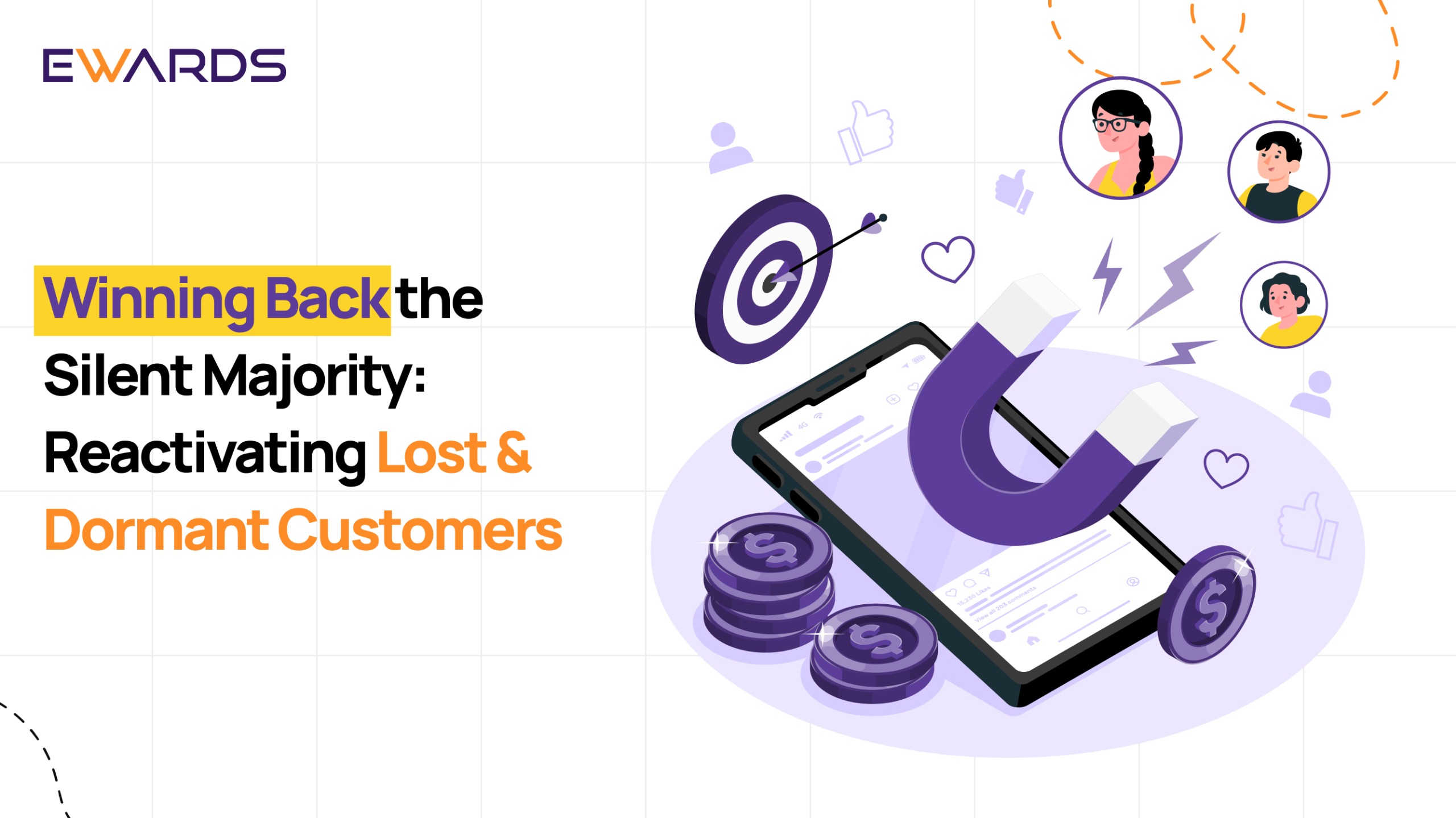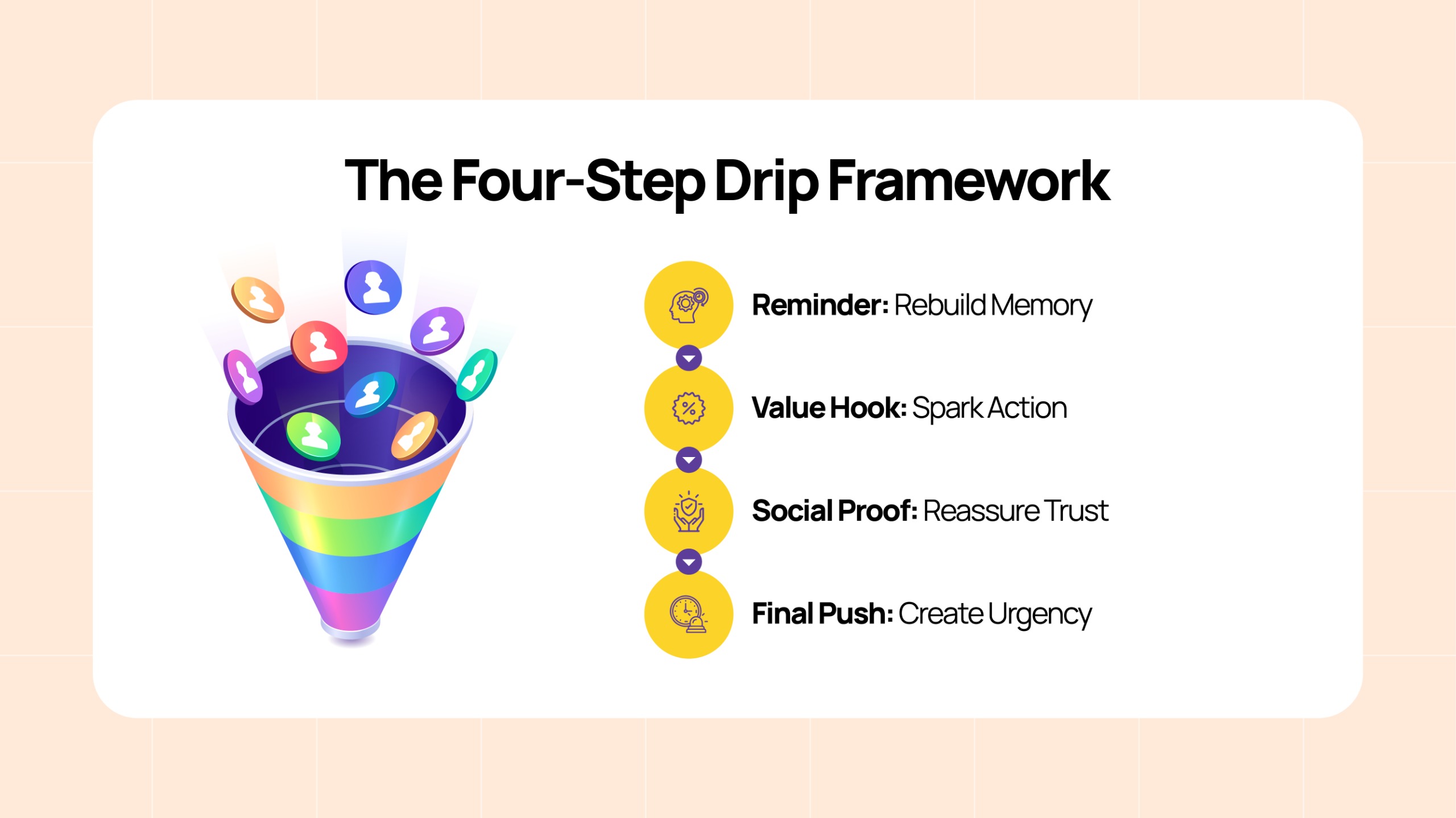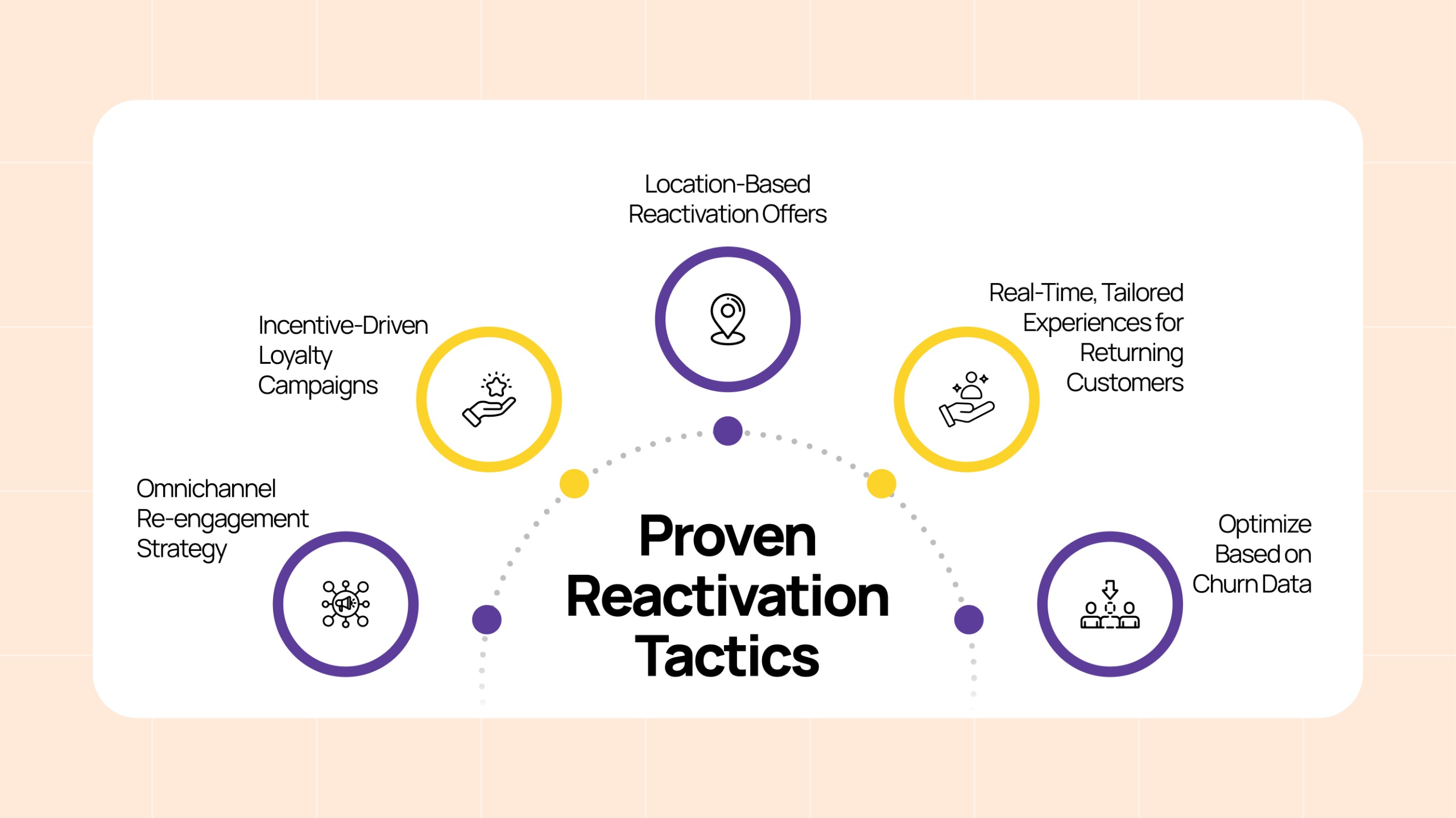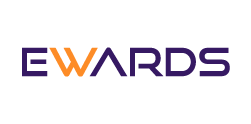
Most brands spend heavily on attracting new customers, but overlook a goldmine sitting right in their own database – lost and dormant customers. These are shoppers who once trusted your brand, walked into your store, or checked out from your website. Somewhere along the way, they stopped engaging.
The good news? Bringing them back is not only possible but also far more cost-effective than chasing new audiences. Reactivating dormant customers is one of the most effective yet often overlooked strategies for growth. That’s because selling to existing customers is much easier than attracting new ones. Businesses have a 60-70% chance of selling to existing customers, compared to only a 5-20% chance of selling to a new one. Existing customers are not only more likely to buy, but they also spend, on average, 31% more than new customers.
In other words: every inactive profile is untapped revenue waiting to be reactivated.
Understanding the “Lost” and the “Dormant”
To create the right strategy, it’s important to distinguish between two states of inactivity:
- Lost Customers: They still remember your brand but haven’t purchased in 90+ days (varies by industry). They need a timely nudge or a reason to return.
- Dormant Customers: Inactive for 180+ days, often disengaged completely. They may have forgotten your brand and require stronger incentives and multi-touch campaigns.
Both groups require different strategies but the opportunity is equally compelling.
Why Reactivation is a Growth Lever
- Lower Cost – Re-engagement is 3-10x cheaper than acquisition.
- Faster Wins – These customers already know your products, so the barrier to conversion is lower.
- Predictable Revenue – With quarterly reactivation campaigns, you create a repeatable cycle of returning revenue.
Think of reactivation not as a one-off blast but as a structured growth channel.
The Four-Step Drip Framework

Lost and dormant customers behave like new leads – they need nurturing. A well-designed drip sequence works better than generic “We miss you” campaigns:
Reminder – Rebuild Memory
- Light-touch communication to reintroduce your brand.
- Example: “It’s been a while – check out what’s new this season.”
Value Hook – Spark Action
- Deliver personalized offers, discounts, or loyalty perks.
- Example: “Enjoy X% off your next order, valid this week only.”
Social Proof – Reassure Trust
- Share testimonials, reviews, or milestones.
- Example: “10,000 happy shoppers joined us this month.”
Final Push – Create Urgency
- A last-chance incentive to close the loop.
- Example: “We’d love to see you back – bonus gift on your next visit, today only.”
Each stage has its own success metric: open rates, redemption, conversions, and finally, reactivation percentage.
Proven Reactivation Tactics

Re-engaging dormant customers requires a mix of personalized approaches, well-timed offers, and a consistent omnichannel experience. By leveraging the following proven tactics, brands can effectively reawaken inactive customers and convert them into loyal, repeat buyers.
Omnichannel Win-Back Omnichannel Re-engagement Strategy
Today’s customers are constantly switching between platforms, so your strategy should follow suit. By using AI-powered automation, you can create personalized experiences for dormant customers across multiple channels.
- How it Works: When a customer shows signs of disengagement, trigger automated re-engagement messages via email, SMS, WhatsApp, and mobile notifications. Ensure each message feels tailored to their interests and past behavior.
- Example: A fashion brand notices a customer who regularly shops during summer sales but hasn’t engaged recently. The brand sends a personalized SMS with a loyalty voucher, followed by an email showcasing new products in the customer’s preferred category.
- Multi-channel Messaging: Start with your highest-performing channel and then reinforce the message through secondary channels within 24-48 hours, creating a seamless re-engagement journey across touchpoints.
Loyalty-Driven Incentives
Loyalty programs can be a powerful tool for re-engaging lost customers. Offering rewards like double points or exclusive perks for re-engaging customers provides an immediate incentive that brings them back.
- How it Works: Send reminders about expiring loyalty points, missed rewards, or exclusive bonuses to stir interest.
- Example: A retailer targeting customers who haven’t interacted in 60 days sends a “Points Booster” email offering 2X points on their next purchase, which leads to a 15% reactivation rate within two weeks.
- Make Loyalty Irresistible: Offer small incentives just for logging in or engaging with the program, and make sure to highlight what they’re missing out on, such as how many points are needed to reach the next tier.
Location-Based Reactivation Offers
When dormant customers are near your physical store, use location-based messaging to remind them about the value they can get by returning.
- How it Works: Utilize geo-targeting to detect when a lapsed customer is within proximity of your store. Trigger real-time notifications about local offers or promotions.
- Example: A fashion retailer sends a geo-targeted notification to dormant customers who are within 500 meters of the store, offering 25% off their next purchase.
- One-Tap Engagement: Make the experience as frictionless as possible by offering “Save to Wallet” options and ensuring customers don’t need an app to redeem their offers.
Real-Time, Tailored Experiences for Returning Customers
When a returning customer revisits your site, it’s important to grab their attention quickly with personalized offers that speak directly to their preferences.
- How it Works: Use dynamic personalization to show them offers, products, or promotions based on their previous interactions with your brand.
- Example: A retail brand detects a returning customer and displays a personalized message: “Welcome back! Your 100 loyalty points are waiting.” The prompt encourages immediate action and makes the customer feel valued.
- Seamless Experience: Use exit-intent popups with limited-time offers to create urgency and provide recently viewed items to keep customers engaged across devices.
Optimize Based on Churn Data
Regularly analyzing churn data can help fine-tune your reactivation efforts and ensure you’re targeting the right customers with the most effective offers.
- How it Works: Use churn data to track customer behaviors, analyze why they disengaged, and continuously optimize your reactivation strategy.
- Example: A travel brand notices customers tend to churn after booking their first trip. To counter this, they offer a discount on the second booking, which boosts retention and reduces churn.
- Continuous Improvement: By testing different incentives and tracking their success, you can evolve your re-engagement campaigns over time, ensuring they stay effective.
Building a Quarterly Reactivation Engine
A one-time campaign won’t solve churn. Instead, brands need a quarterly rhythm:
- Identify cohorts (Lost = 90+ days, Dormant = 180+ days).
- Map drip stages with clear KPIs.
- Automate journeys so customers flow in and out of reactivation programs dynamically.
- Refine every cycle by tracking which levers – offers, trust messages, urgency worked best.
Over time, reactivation shifts from being an ad-hoc activity to a predictable revenue stream.
Key Takeaways
Successful customer reactivation strategies include understanding that lost customers are warm leads and can often be re-engaged with a simple nudge and added value. On the other hand, dormant customers, being cold leads, require a more comprehensive approach, with multi-touch campaigns, stronger incentives, and trust-building efforts. Generic “blast” campaigns no longer yield the same results; instead, personalization, timing, and coordinated communication across channels are essential to success. Brands that master the art of reactivation can transform dormant and lost customers into one of their most profitable growth drivers.
FAQs
- What is the difference between lost and dormant customers?
Lost customers are individuals who have been inactive for 90+ days but still remember your brand. Dormant customers, however, are inactive for 180+ days and may have forgotten about your brand. Both require different reactivation strategies.
- Why is reactivating dormant customers more cost-effective than acquiring new ones?
Reactivating dormant customers is 3-10 times cheaper than acquiring new customers because they are already familiar with your brand. The conversion process is faster, as they don’t need to be educated about your products or services.
- What is the best way to re-engage lost customers?
To re-engage lost customers, use a drip campaign strategy that includes a gentle reminder of your brand, a value proposition like discounts or free shipping, social proof to build trust, and a final push with a time-limited offer to create urgency.
- How do I know which reactivation strategy will work best for my customers?
The effectiveness of a reactivation strategy depends on your customer data. Segment your customers based on their previous purchase behaviors, inactivity periods, and preferences. Test various methods such as personalized messaging, loyalty-based incentives, and multi-channel outreach to identify what resonates best with each segment.
- How often should I run reactivation campaigns?
Reactivation campaigns should be run quarterly to maintain a regular cycle of engagement. This helps create a predictable revenue stream from dormant and lost customers, with each cycle offering insights for continuous improvement.
Read more: The Hidden Potential of Dormant Customers: Why You Shouldn’t Ignore Them
